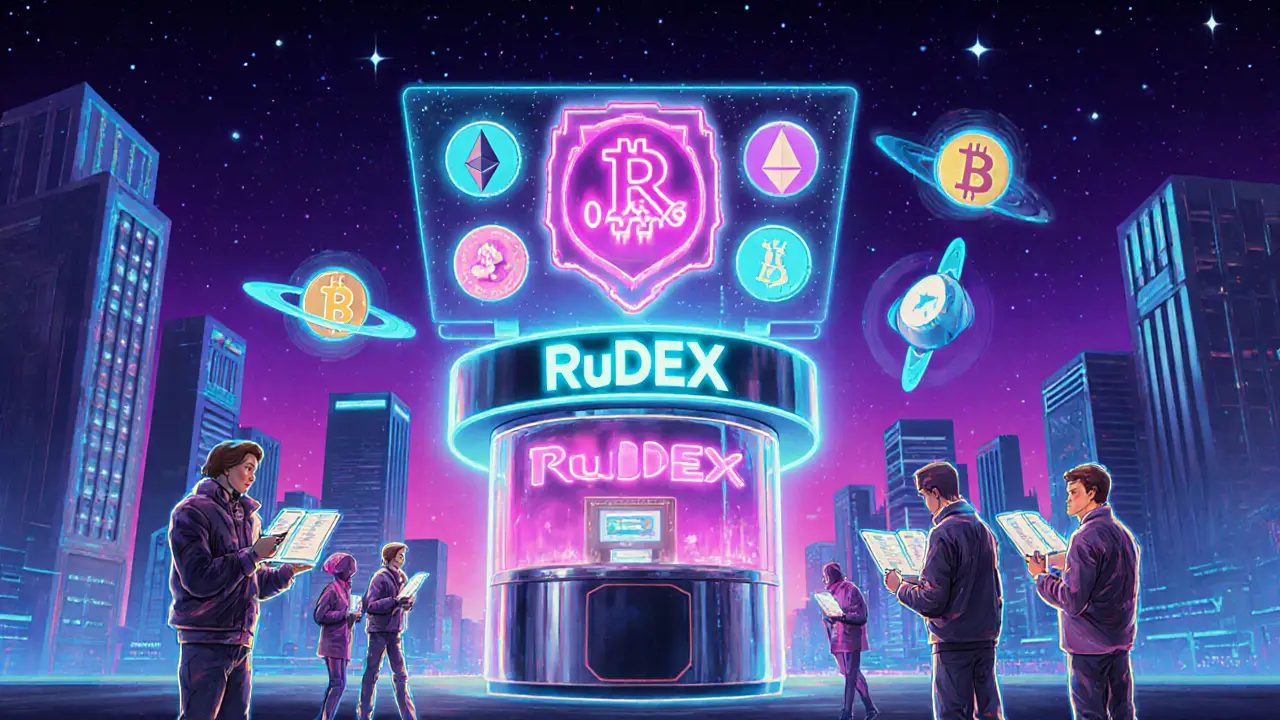Trading Fees: What They Are and Why They Matter
When working with trading fees, the charges applied each time you buy or sell a crypto asset on an exchange. Also known as transaction costs, they directly affect your net profit and can swing a trade from win to loss in seconds.
Every platform sets its own exchange fees, the schedule that lists maker and taker rates for each market. Typically, a maker fee rewards liquidity providers, while a taker fee charges those who take existing orders. Understanding this trading fees structure lets you pick the right venue and avoid surprises.
Key Factors That Shape Trading Fees
Two big players drive the numbers you see: the maker‑taker model, a pricing scheme that differentiates between order creators and order fillers and the underlying gas fees, the cost to process a transaction on a blockchain network. The maker‑taker model influences how much you pay per trade, while gas fees add a layer of cost on every on‑chain move, especially on networks like Ethereum.
In practice, a low‑fee exchange might offer 0.05% taker fees but sit on a network with high gas prices, so the total cost could still be steep. Conversely, a DEX on a layer‑2 solution may have near‑zero maker fees but require you to pay modest gas each time you swap tokens. The interaction between exchange fees, maker‑taker splits, and gas fees creates a web of costs you need to untangle before you hit “confirm”.
Another piece of the puzzle is the fee rebate or discount program many platforms roll out. Some give you fee credits for holding their native token, while others lower rates the more volume you trade each month. These incentives tie directly back to the maker‑taker model: higher maker activity often earns deeper rebates.
To keep your trading expenses in check, start by calculating the full cost of a trade: add the quoted exchange fee to the estimated gas fee for that transaction. Compare that sum across a few reputable venues. Use fee‑calculator tools, track gas price trends, and consider timing your trades when the network is less congested. By treating fees as a single, combined expense, you’ll make smarter decisions and protect more of your capital.
Below you’ll find a curated list of articles that break down specific fee structures, compare popular exchanges, and share step‑by‑step ways to lower the amount you pay every time you trade. Whether you’re a beginner looking for the basics or an experienced trader hunting the next optimization, the posts ahead cover the full spectrum of trading fees and related costs.
A concise 2025 review of TradeOgre crypto exchange covering fees, liquidity, privacy features, regulatory shutdown, and alternatives for traders.
MoreA comprehensive 2025 RuDEX crypto exchange review covering fees, liquidity, security, current status and alternatives for traders.
MoreA detailed 2025 review of Huobi Korea, covering its features, fees, security, Korean Won support, regulatory status and how it compares to local exchanges.
More

